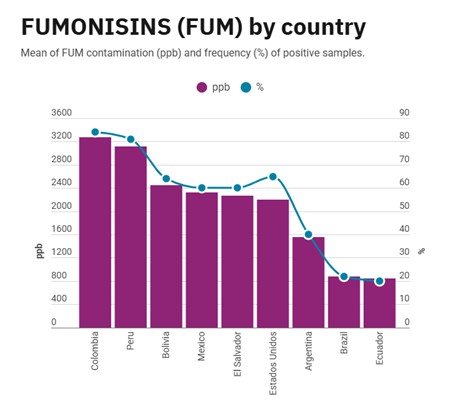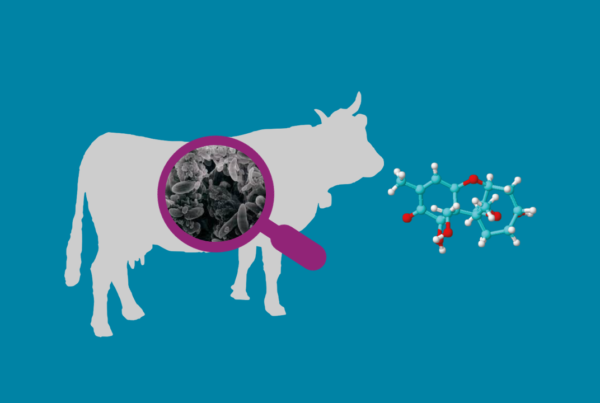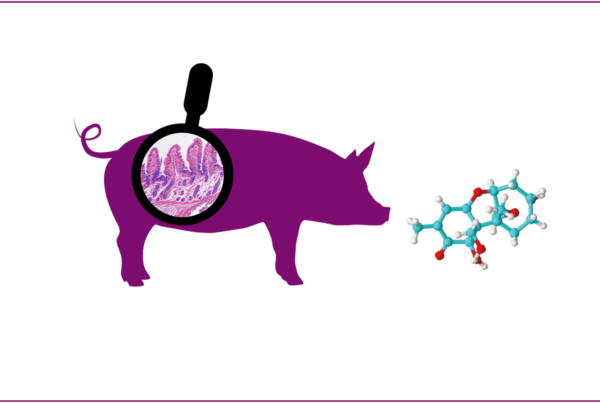Corn continues to dominate as a basic feedstuff in animal nutrition worldwide. But beneath its golden kernels lies a silent threat: mycotoxins. They can infiltrate corn at any stage, from the field to the feed mill, posing a serious risk to animal health, immunity, and productivity.
Surprisingly, despite decades of awareness, contamination remains widespread. That’s why real-time monitoring is no longer optional, but essential. Near-infrared (NIRS) technology: can be a tool for feed safety, offering fast detection of mycotoxin risks. In an annual report, Pegasus Science reveals surprising data from its monitoring of corn across Latin America and USA in 2024.
The most significant findings revealed a high prevalence of FUM, a continuous increase in the prevalence and contamination of ZEA and DON compared to previous years, and a prevalence of Aflatoxin B1 (AFB1) considered low to moderate.
FUM were the most prevalent mycotoxins in Latin America. The concentration of FUM in the samples ranged from 0 to 18,694 ppb. Its global average in 2024 was 2,087 ppb. Ecuador had the lowest average FUM (841 ppb), while Colombia had the highest average (3,275 ppb). In general, a high frequency of FUM contamination in Latin American maize samples is to be expected, since the climate of these countries favors the growth of fungi of the genus Fusarium, which consequently produce this mycotoxin.

This study showed a higher frequency of co-occurrence of fusarium toxins. In 2024, the most significant association was between FUM + Zearalenone (ZEA), detected in 28% of the spectra analyzed. The second and third highest prevalence were found between FUM + Deoxynivalenol (DON) and FUM + DON + ZEA, constituting 23% and 14% of the predictions, respectively. The co-occurrence of mycotoxins can have additive or synergistic effects, depending on the toxins and the effects on each animal species.
The conclusions? The presence of mycotoxins in general and Fusarium toxins in particular, is more persistent than expected, underscoring the urgent need for proactive control.
Reference: Dong J., Zhao Z., Wang Z., Li S., Zhang Y., Sun Z., Qin G., Zhang X., Zhao W. Demelash N., Wang T. and Zhen Y. 2024. Impact of deoxynivalenol on rumen function, production, and health of dairy cows: Insights from metabolomics and microbiota analysis. Journal of Hazardoud Materials, 465. https://doi.org/10.1016/j.jhazmat.2023.133376



